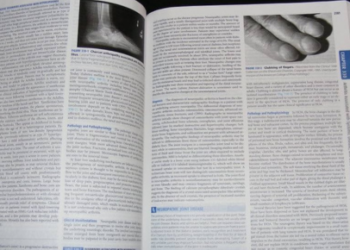
Hammer toe is a common foot issue that can cause pain and discomfort. It occurs when a toe bends or curls downward instead of pointing forward. A podiatrist can help manage and treat this condition effectively. Many factors contribute to hammer toe, such as wearing tight shoes or having flat feet american fork. Early intervention from a podiatrist can relieve symptoms and prevent further complications. Let’s explore how a podiatrist can make a difference in treating hammer toe.
Understanding Hammer Toe
Hammer toe usually affects the second, third, or fourth toe. It develops when there’s an imbalance in the muscles, tendons, or ligaments that hold the toe straight. This imbalance can happen due to arthritis, trauma, or wearing ill-fitting shoes. Identifying hammer toe early is key to effective management.
Role of a Podiatrist
Podiatrists are foot doctors trained to diagnose and treat conditions like hammer toe. They offer various treatments that cater to the severity of the condition:
- Customized footwear advice and modifications
- Stretching and strengthening exercises
- Orthotic devices
These interventions help align the toe and relieve discomfort. A podiatrist may suggest surgery if conservative treatments don’t work.
Conservative Treatment Options
Before considering surgery, podiatrists emphasize non-surgical treatments. These include:
- Shoe Modifications: Wearing shoes with a wide toe box can ease pressure on the affected toe.
- Padding and Taping: This helps protect the toe and maintain a natural position.
- Exercises: Specific exercises can strengthen foot muscles and improve flexibility.
The effectiveness of these treatments depends on the stage of hammer toe at diagnosis. Earlier stages respond better to non-surgical methods.
When Surgery is Needed
In some cases, hammer toe may reach a stage where non-surgical treatments are not enough. Surgery becomes necessary when:
- The toe is rigid and cannot move
- Pain persists despite conservative treatments
- Walking becomes difficult
Surgeries for hammer toe may involve tendon transfer, joint resection, or fusion. A podiatrist assesses the best surgical method based on the individual’s condition.
How to Prevent Hammer Toe
Prevention plays a crucial role in foot health. Here are steps to reduce the risk of developing hammer toe:
- Choose comfortable, well-fitting shoes with a low heel and adequate toe room
- Perform regular foot exercises to maintain flexibility and strength
- Avoid wearing tight or narrow shoes for extended periods
Regular check-ups with a podiatrist can also help monitor foot health and catch early signs of problems.
Data and Comparisons
Understanding how various treatments compare can guide decision-making. Here is a table summarizing treatment options:
| Treatment | When It’s Used | Expected Outcome |
| Shoe Modifications | Early stages | Reduces pressure and discomfort |
| Exercises | Early to moderate stages | Improves flexibility |
| Surgery | Severe stages | Permanently corrects alignment |
Conclusion
Hammer toe can be a burdensome condition, but with the right intervention from a podiatrist, many find relief. Tailored treatment plans address specific needs, whether through non-surgical approaches or surgery.













